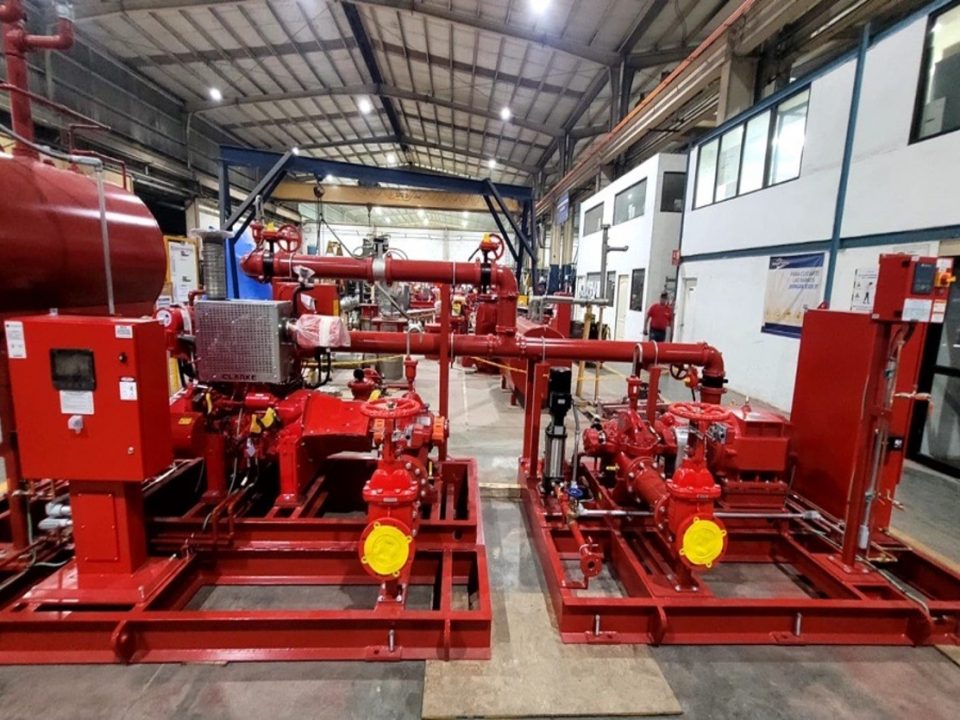Introduction
In industries such as oil & gas, power, water treatment, and petrochemicals, valves play a vital role in controlling, isolating, and regulating the flow of fluids. For critical services—such as high pressure, corrosive media, or safety applications—choosing the right actuated valve is essential to ensure reliability, compliance, and operational safety. This article provides a practical guide to selecting actuated valves for demanding applications.
What is an Actuated Valve?
An actuated valve is a valve operated automatically using an actuator instead of manual operation. Actuators may be:
- Electric Actuators — precise control, low maintenance, ideal for automation.
- Pneumatic Actuators — fast, reliable, and suitable for hazardous areas.
- Hydraulic Actuators — high torque output, suitable for large valves and high-pressure services.
Actuation allows valves to respond remotely, quickly, and safely during critical operations.
Key Considerations for Critical Services
1. Service Conditions
- Fluid type: corrosive, abrasive, or clean fluids
- Pressure and temperature ratings: ensure compliance with API, ASME, or ISO standards
- Fire-safe or fugitive emission compliance for hazardous services
2. Valve Type Selection
- Ball Valves: tight shut-off, suitable for on/off service and high pressure.
- Butterfly Valves: lightweight, cost-effective for large-diameter pipelines.
- Gate Valves: robust isolation, but slower to operate.
- Globe Valves: precise flow control in throttling applications.
- Choke Valves: designed for erosive and high-pressure drops in upstream oil & gas.
3. Actuator Selection
- Match torque output with valve requirements.
- Consider fail-safe modes (fail-open / fail-close) for safety-critical processes.
- Explosion-proof actuators for hazardous zones (ATEX/IECEx).
4. Control & Integration
- On/Off or Modulating: decide whether the application requires simple isolation or fine flow control.
- Smart Positioners: enable diagnostics, predictive maintenance, and integration with DCS/SCADA systems.
- Communication Protocols: HART, Modbus, Profibus for automation compatibility.
Compliance and Standards
Critical service valves must adhere to international certifications:
- API 6D / API 607 — pipeline and fire-safe valves
- ISO 15848 — fugitive emissions performance
- ASME B16.34 — pressure/temperature ratings
- SIL (Safety Integrity Level) — functional safety requirements
Best Practices for Selection
- Conduct a thorough process hazard analysis (PHA).
- Ensure material compatibility (CS, SS, Duplex, Incoloy, Titanium) with the fluid service.
- Use redundant actuation or ESD (Emergency Shut Down) valves for high-risk processes.
- Involve OEMs early for sizing, torque calculation, and compliance support.
Conclusion
Selecting the right actuated valve for critical services requires careful consideration of fluid properties, valve design, actuation method, and compliance standards. With the correct selection, businesses can achieve safe, reliable, and efficient plant operations while minimizing downtime and meeting regulatory requirements.




